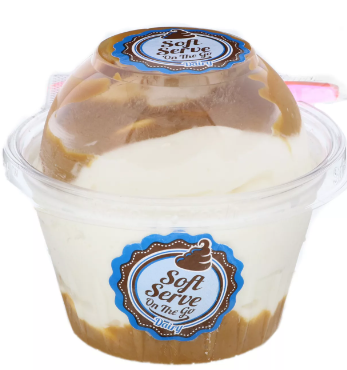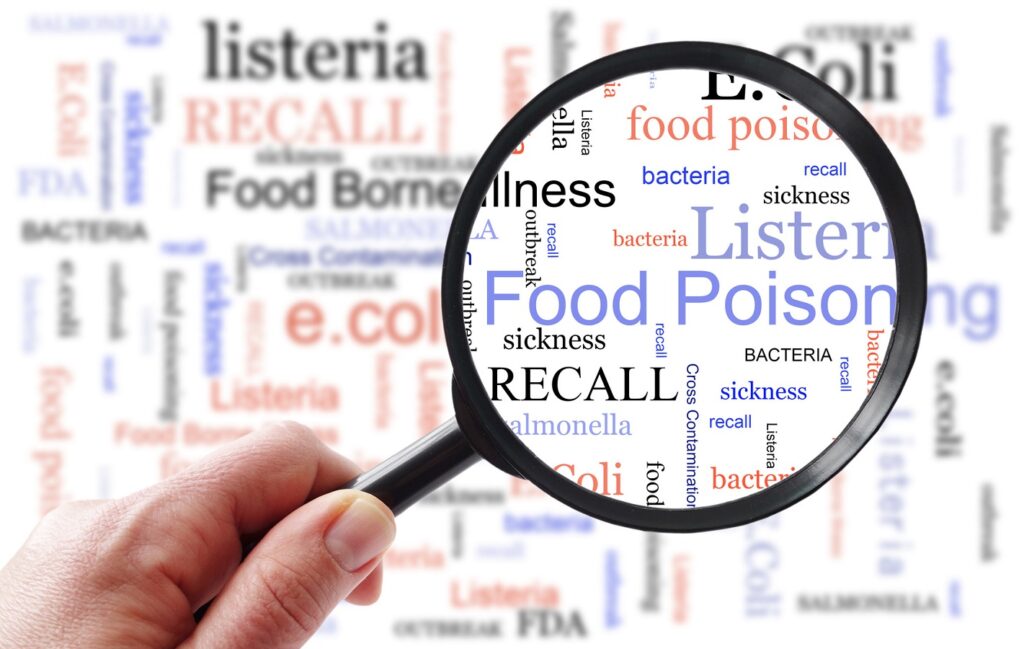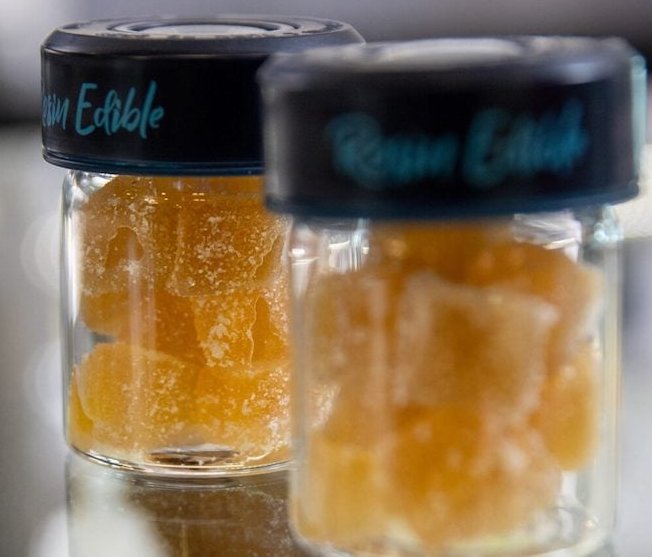An article in MMWR (Osasah et al., MMWR August 2023vol 72, 855-858) describes an outbreak of S. Typhimurium involving 38 cases in 10 public health districts in Ontario, Canada. The outbreak was linked to tofu consumption, suggesting a novel outbreak-associated S. Typhimurium food vehicle. Lapses in sanitation and recommended heat processing likely resulted in product contamination. Five (13%) patients were hospitalized; no deaths were reported. Isolates from the seasoned tofu were within one or fewer allele differences to the outbreak strain by whole genome sequencing. Evidence from food safety investigations conducted by local public health authorities and the Canadian Food Inspection Agency (CFIA) revealed that unsanitary conditions could have led to cross-contamination of the tofu, and insufficient heating of the tofu at the production level likely resulted in failure to eliminate the pathogen. The CFIA issued a food recall for the tofu at hotel, restaurant, and institution levels. Tofu was identified as a novel outbreak-associated food vehicle for S. Typhimurium in this outbreak. Interventions targeting the production level and all parts of the supply chain and including additional safeguards that minimize microbial growth are important. @ https://www.cdc.gov/mmwr/volumes/72/wr/mm7232a1.htm?s_cid=mm7232a1_w#suggestedcitation
ruth
This report describes an outbreak of Salmonella Typhimurium infections in Ontario, Canada that were linked to the consumption of tofu.
ruth
The FDA reported that Real Kosher Ice Cream (Brooklyn, NY) recalled soft serve on the go ice cream and sorbet cups because they could potentially be contaminated with Listeria monocytogenes. SOFT SERVE ON THE GO CUPS were distributed in CA, CO, CT, DC, DE, FL, IL, MA, MD, MI, MN, NC, NH, NJ, NY, OH, OR, PA, VA, and WV. The recalled product reached consumers through Canteens, Grocery, and Convenience stores. The recalled product is packaged in an 8 fl oz., clear plastic cup with a clear plastic cover, seal, and spoon attached. Two cases of illness have been reported in this outbreak in two states (NY and PA). Both individuals were hospitalized, but no deaths have been reported. The recall results from an individual becoming ill and reporting to have eaten this product. Pennsylvania Department of Agriculture tested product samples, and one tested positive for Listeria monocytogenes. The company has ceased producing and distributing the product as FDA and the company continue their investigation as to what caused the problem. @ https://www.fda.gov/safety/recalls-market-withdrawals-safety-alerts/real-kosher-ice-cream-recalls-soft-serve-go-cups-because-possible-health-risk
Real Kosher Ice Cream of Brooklyn, NY is recalling soft serve on the go ice cream and sorbet cups, because it has the potential to be contaminated with Listeria monocytogenes, an organism which can cause serious and sometimes fatal infections in young children, frail or elderly people, and others wi
ruth
CORE update as of August 09, 2023, the CORE list of outbreaks and adverse events includes seven active cases. A new outbreak of Listeria monocytogenes (ref #1172) in a not yet identified product has been added to the table. There are two cases in this outbreak. FDA has initiated traceback. For the outbreak of Cyclospora cayetanensis (ref #1171), the case count has increased from 47 to 55 cases. The outbreak of E. coli O157:H7 (ref #1166) has ended, and the FDA has closed its investigation. The outbreak of Salmonella Paratyphi B var. L(+) tartrate+ (ref #1157), the case count has increased from 36 to 37 cases. @ https://www.fda.gov/food/outbreaks-foodborne-illness/investigations-foodborne-illness-outbreaks?utm_medium=email&utm_source=govdelivery
The following is a list of outbreak and adverse event investigations primarily being managed by FDA’s CORE Response Teams.
Arizona Department of Health Services (ADHS) reported that Arizona dispensaries are voluntarily recalling marijuana gummies due to possible salmonella contamination, officials said. The product voluntarily recalled is grape-flavored Cloud 9 gummies from Nirvana Center, with batch number C9G04102023. To date, no illnesses have been reported. An ADHS marijuana licensing inspector discovered the potential contamination during a routine inspection after reviewing testing documentation kept at the establishment. Once ADHS discovered the potential contamination, they contacted the facility that produced the products. Officials said that the licensee immediately worked with all distribution and retail partners to remove any potentially impacted products from store shelves. There were previous recalls in Arizona in June and July; cannabis products have been recalled for Salmonella and Aspergillus in several other states, including California, Michigan, and Florida, as well as Canada. @ https://www.tucsonsentinel.com/local/report/080723_marijuana_recall/az-dispensaries-recalling-marijuana-gummies-over-salmonella/
Arizona dispensaries are voluntarily recalling marijuana gummies due to possible contamination of salmonella, a bacterium that, in the event of infection, can cause diarrhea, fever, and stomach cramps.




